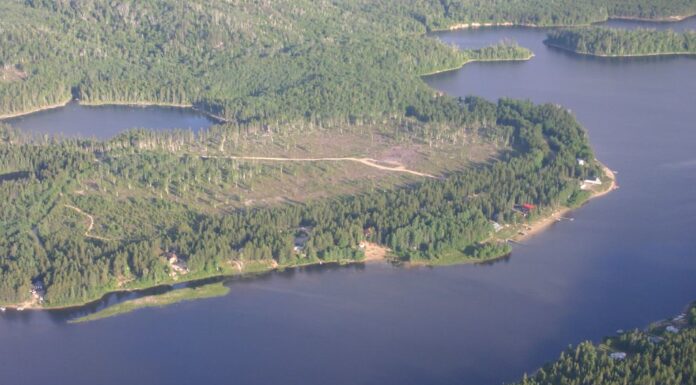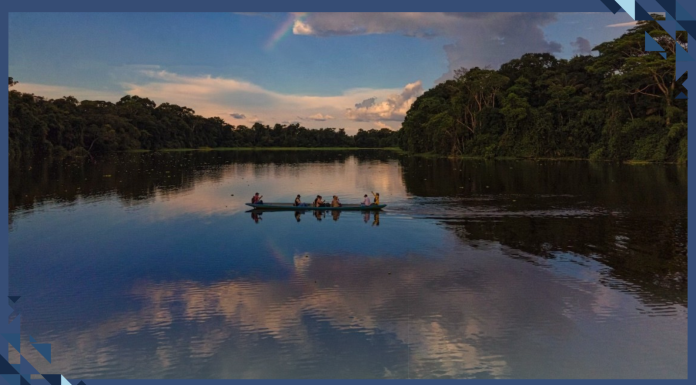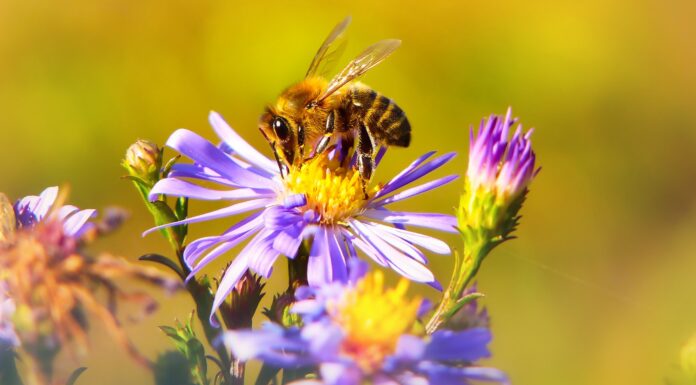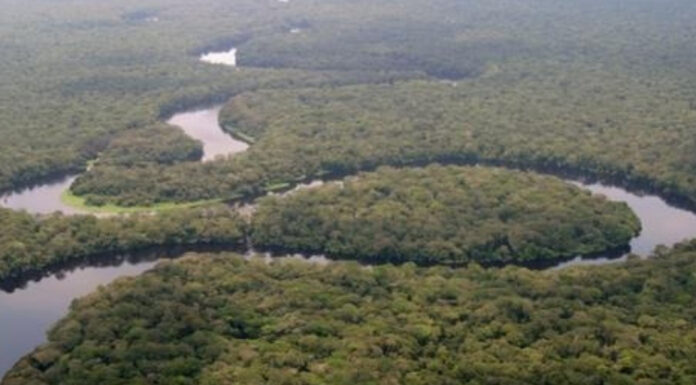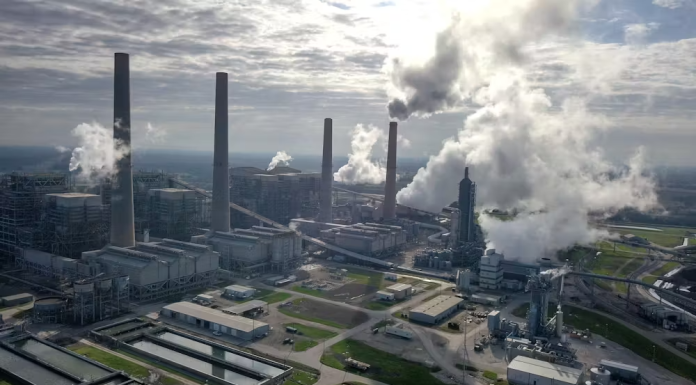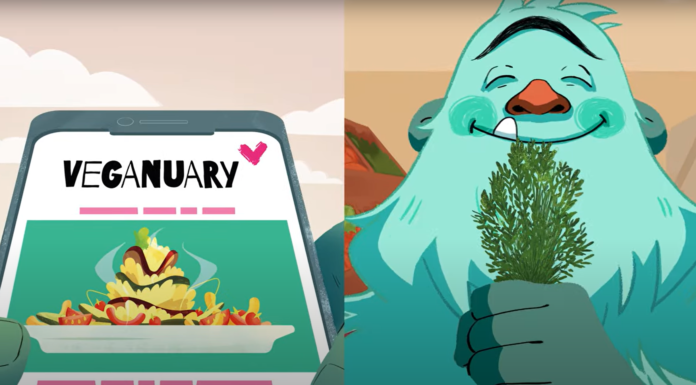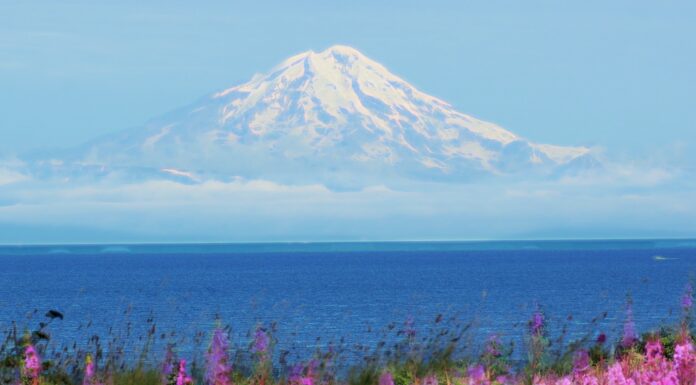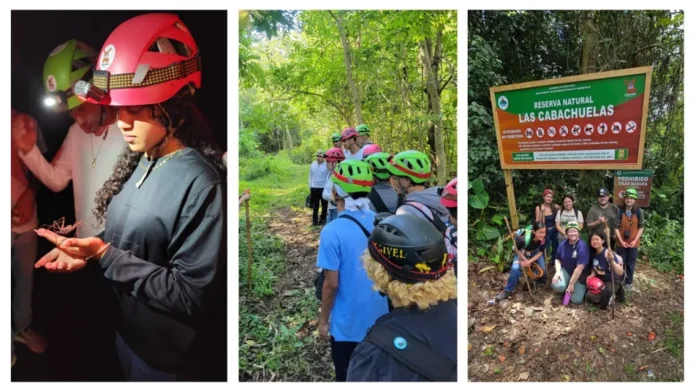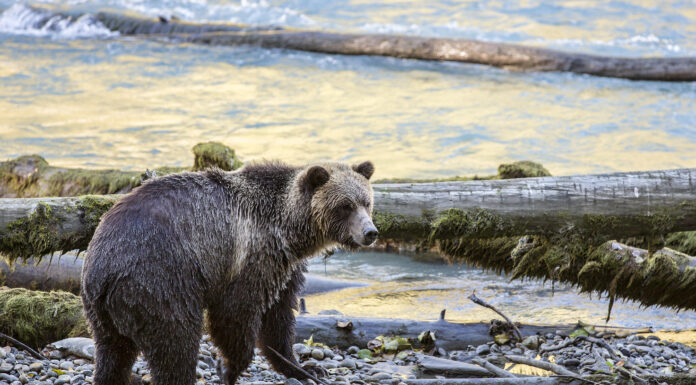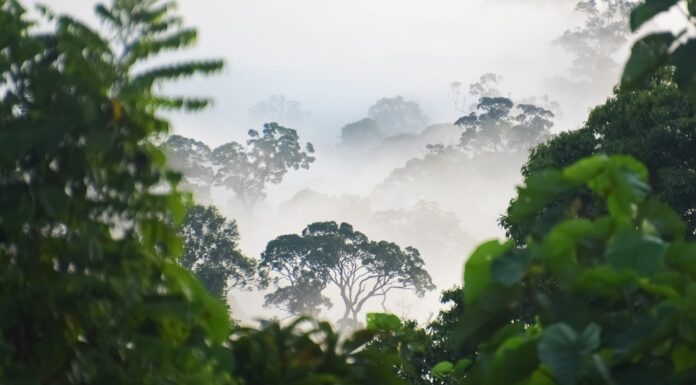Written by: Justine Townsend, Alexis Bunten, Catherine Iorns, and Lindsay Borrows
The Muteshekau Shipu (Magpie River) runs nearly 300 kilometres in Québec’s Côte-Nord region. The river is culturally significant for the Innu and it is popular with white water paddlers...
Written by: Douglas Broom
One-third of the Earth’s surface is in the care of Indigenous peoples and local communities – and it’s in better environmental shape than most of the rest of the world. Maybe we could learn something from...
Written by: Kimberly White
The United Nations has recognized the right to a healthy environment for the first time.
In a landmark decision, the UN Human Rights Council (UNHCR) passed resolution 48/13, recognizing that having a clean, healthy, and sustainable environment...
Written by: Kimberly White
A bountiful fusion of rivers, flooded forests, swamps and savannahs, the Congo Basin is abounding with life. A vital refuge for a wide range of tropical plants and animals including African forest elephants, lowland and mountain...
Written by: Daniel Cohan
Tens of millions of Americans, including many Texans like me, live in counties that will soon be violating air pollution particle standards for the first time. It’s not that our air is getting dirtier – it’s because the...
Written by: Kimberly White
A new PSA from Veganuary is calling for everyone to do their part to combat climate change through diet change. The UK-based non-profit unveiled its new PSA as part of its global campaign to encourage people...
Written by: Kimberly White
The U.S. Administration has nixed three oil and gas lease sales in the Gulf of Mexico and off the coast of Alaska. The three sales would have opened up more than a million acres of ocean...
Written by: Luis Alexis Rodríguez-Cruz
In Morovis, a town in the center of Puerto Rico’s main island, lies the Las Cabachuelas nature reserve, a green labyrinth of approximately 1,950 acres. This place — known for its numerous caves — holds...
Written by: Rachel Buxton, Andrea Reid, Joseph Bennett, and Paul A. Smith
The past year has taught us important lessons about the consequences of the harm humans are inflicting on the natural world.
We’re confronting a global biodiversity crisis, losing species and...
Written by: Kimberly White
More than 100 nations have pledged to end deforestation by 2030 in a landmark agreement.
During COP26, leaders from around the globe signed the Glasgow Leaders’ Declaration on Forests and Land Use, an agreement centered on halting...

